Canadian roses are unpretentious beauties that adorn parks and gardens. They are recommended to grow even for novice florists. They have many advantages: they are frost-resistant, recover quickly after freezing, and are resistant to diseases. The bushes can be grown in the northern regions, where the air temperature is -30 degrees C.
The advantage of the Canadian rose is the form of a bush, which has stems with sparse thorns, dense foliage of bright color, large double flowers of various shades. This is clearly seen in the photo.
Canadian rose varieties
All varieties are divided into 2 groups:
- Parkland Rose cultivar (Parkland) - erect stems with an abundance of exquisite flowers of various colors.
- Explorer Rose (Explorer) - branchy bushes of a simpler shape with fragrant flowers.
Planting a Canadian rose
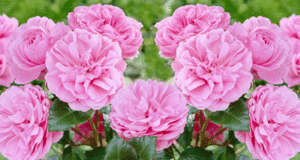 To grow bushes, you need to buy a grafted seedling, prepare a place for planting. The shrub will grow in partial shade and on salt, and on any soil.
To grow bushes, you need to buy a grafted seedling, prepare a place for planting. The shrub will grow in partial shade and on salt, and on any soil.
Put humus, compost, peat, wood ash and complex fertilizer in equal parts in a planting hole measuring 70x70 cm.
The seedlings are buried by 10 cm. To form a powerful root system, it is necessary to protect the plants in winter, especially in the year of planting. For successful wintering, slides of sand or earth are made around the bushes.
Caring for a Canadian rose
Further, the following care is carried out:
- In the spring, pruning of broken branches is carried out.
- At high air temperatures in the summer, roses should be watered abundantly.
- Top dressing should be seasonal: in spring - nitrogen, potassium and phosphorus - in summer. This will cause the plant to bloom lush and profusely.
- Before wintering, twigs with broken off thorns are cut off. Reproduction is carried out by cuttings.
- It is advisable to carry out anti-aging pruning in spring only once every few years. Old branches with peeling bark without young shoots should be cut off.
How to create a hedge?
The most economical and simple way is grafting:
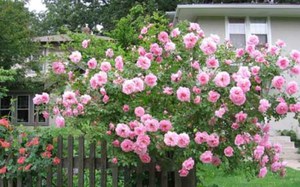 Cuttings should be cut from healthy, powerful annual shoots. Their length should be at least 20 centimeters.
Cuttings should be cut from healthy, powerful annual shoots. Their length should be at least 20 centimeters.- All sheet plates are removed except for the top two.
- In a trench prepared in advance, cuttings are planted at an angle to a permanent place. Deepening - up to the first leaf.
- The distance between the planted cuttings should be half the height of an adult bush (40 - 100 cm).
- After planting, the cuttings are covered with transparent plastic containers, lightly covered with grass or hay from bright sunlight and left for the winter.
With the onset of spring, rooted cuttings will release strong shoots, which already require regular care.
Canadian park roses
The shrub in the photo is a park Canadian rose. Usually a leafy plant up to one and a half meters high. Modern varieties bloom earlier than others, usually in early June. Abundant flowering lasts more than a month.
Description of the best varieties of Canadian park roses
All old varieties of plants, cultivated rose hips and their hybrids belong to park Canadian varieties. Winter-hardy varieties of American and Canadian selection.
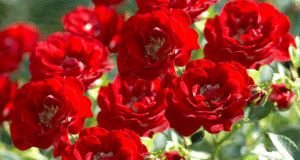 Deserved popularity among park roses uses a variety of English roses.This is the most fashionable group of park plants and gained popularity in the late 20th century. The Canadian park rose combines the aroma of an old rose hip, large double flowers, an extensive palette of colors and the incessant flowering of roses.
Deserved popularity among park roses uses a variety of English roses.This is the most fashionable group of park plants and gained popularity in the late 20th century. The Canadian park rose combines the aroma of an old rose hip, large double flowers, an extensive palette of colors and the incessant flowering of roses.
Rosa rugosa / Rosa rugosa /, shown in the photo, is the most valuable park rose. It has large flowers with a strong aroma. The color of these colors ranges from white to wine red. Flowering lasts all summer, at the beginning of the season is most abundant. All varieties are re-blooming.
The popular winter-hardy varieties of park Canadian roses also include:
- Alba. Has fragrant small flowers.
- Captivity. It has large double inflorescences.
Canadian rose varieties are also popular among gardeners: Abelzieds, Guna, Parsla, Ritausma.
Explorer grade
Description
The Explorer variety is hardy and unpretentious. They are immune to most diseases. They perfectly tolerate winter frosts. Their color is saturated. They bloom for a long time and abundantly.
Explorer Rose Care
Rose Explorer does not require special care measures. The plant loves the sun's rays, watering at high air temperatures. It does not impose requirements on the soil, but requires regular fertilizing, which ensures a lush flowering of the shrub.
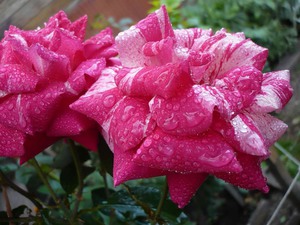 In the spring, you need to feed the bushes with nitrogen, and in the summer - with phosphorus and potassium. They reproduce well by cuttings. Many varieties do not even require pruning to create a decorative bush. Only branches broken after winter are required to cut.
In the spring, you need to feed the bushes with nitrogen, and in the summer - with phosphorus and potassium. They reproduce well by cuttings. Many varieties do not even require pruning to create a decorative bush. Only branches broken after winter are required to cut.
Canadian roses of the Quadra variety have dark red or burgundy velvety flowers. The diameter of the flower can be up to 8 centimeters. They grow singly or in clusters of 4 buds. Resistant to black spot and powdery mildew.
The bush is upright up to 100 cm in height, the aroma is light. Demanding light: loves the sun's rays.
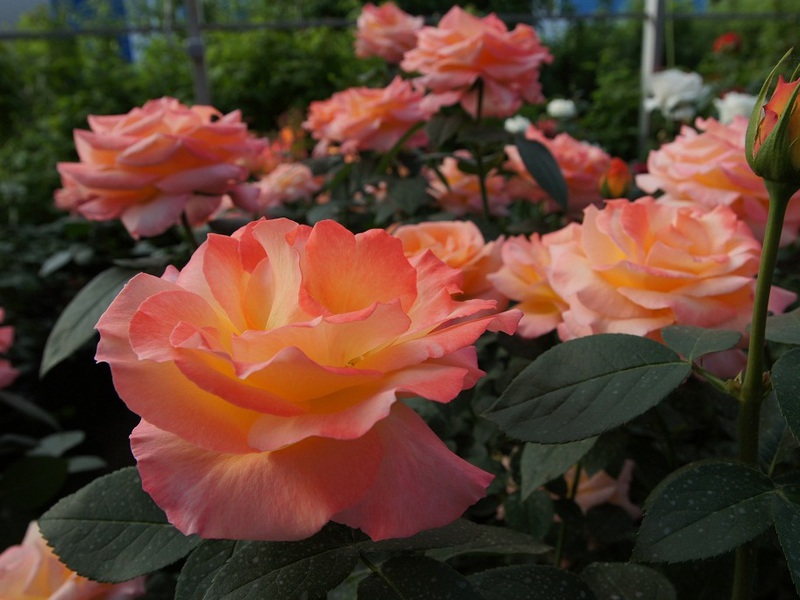

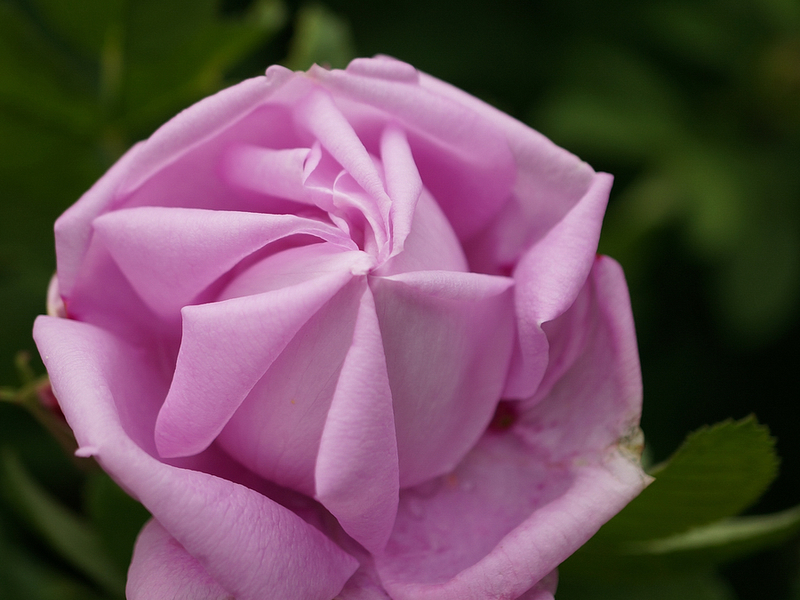

Prefers variety Kvadra loamy soils, well-drained and moist.
The Canadian rose shrub has quite a few varieties. All of them are very often used by flower growers to decorate their summer cottages, because it is not difficult to reproduce and care for them.
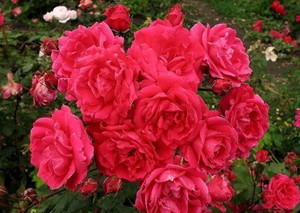
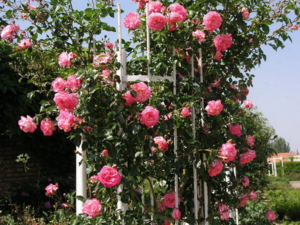
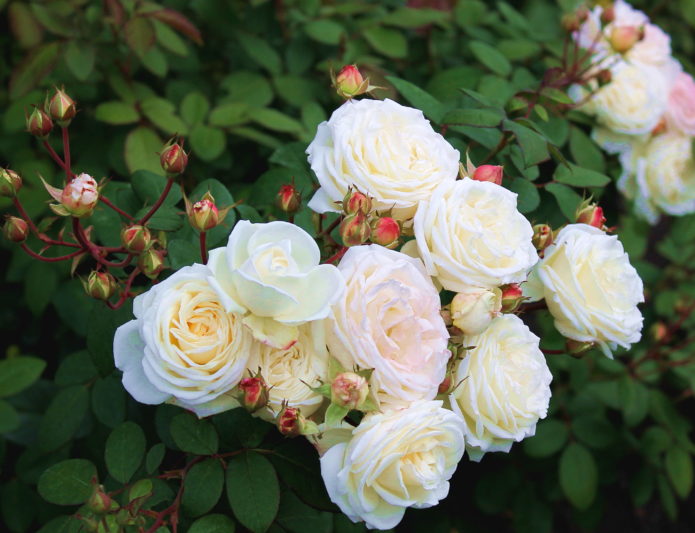
1 comment